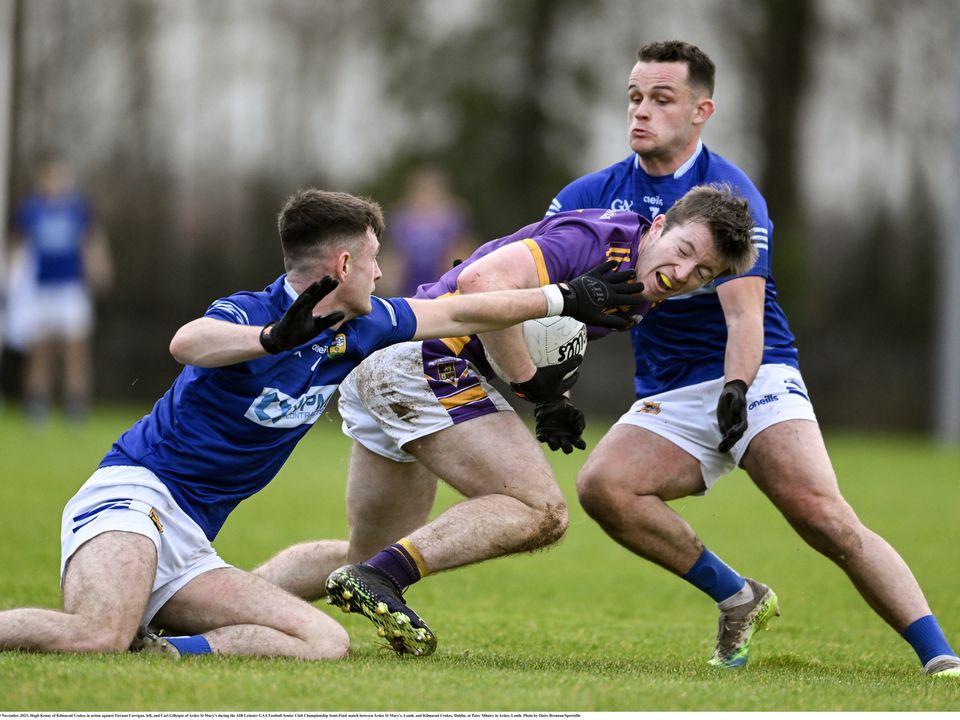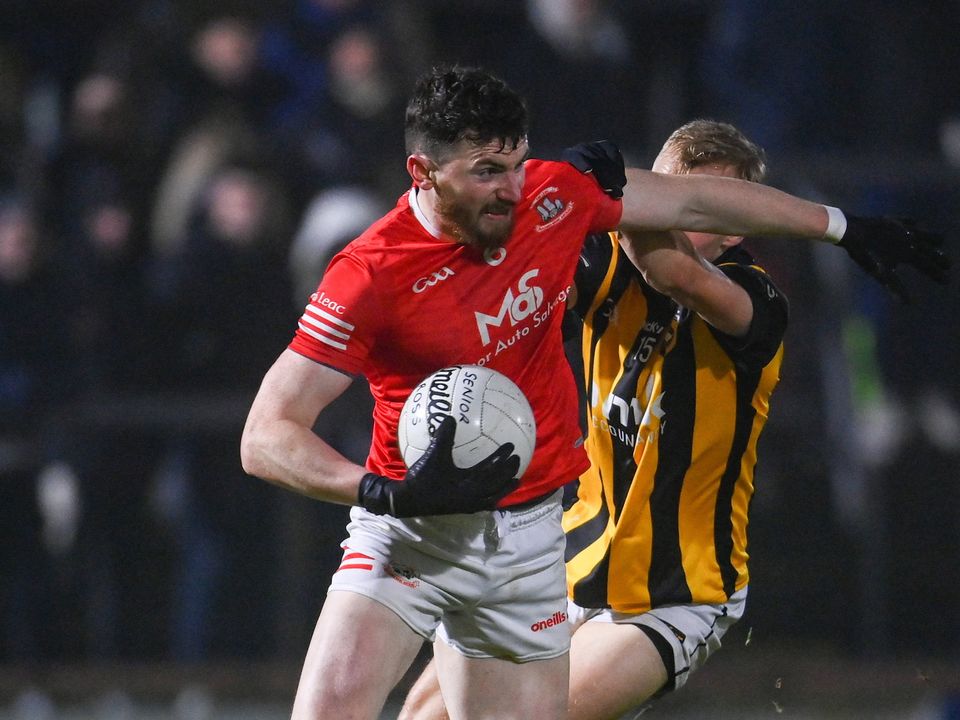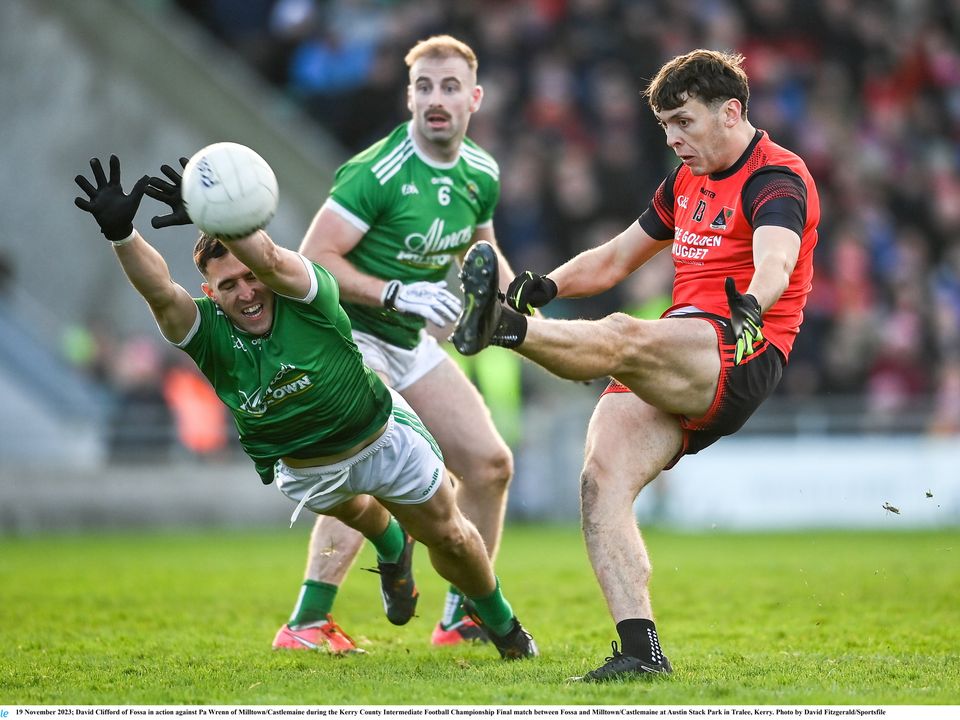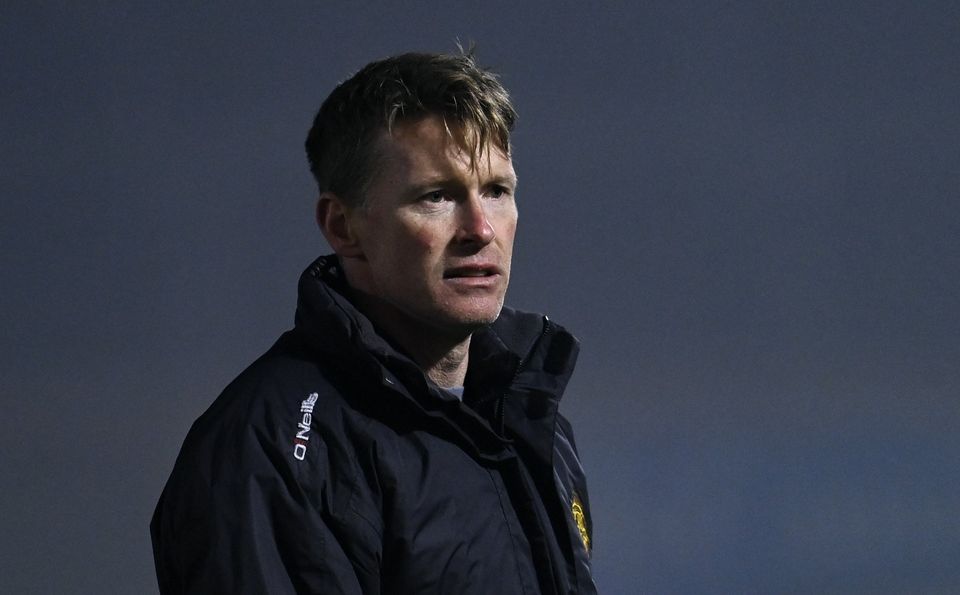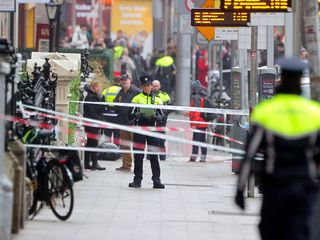Pat Spillane: I have a plan to end the misery of defensive play
Tactics are being dictated by statisticians and coaches who are afraid to take risks
Judging from the reaction I get whenever I write about the state of Gaelic football, there are a lot of people exercised by the topic.
For a change, nearly everybody who contacts me agrees with my contention that, to borrow a line from Seán O’Casey, Gaelic football is in a state o’ chassis.
It is simply impossible to ignore the subject, though I promise this will be the last time I will write about the state of Gaelic football for a while.
Of course, I might change my mind, particularly given the lack of urgency on the part of the GAA powers that be to address the issue.
At the outset, let’s nail the false narrative that games in the past were better. Actually, they weren’t.
Today’s players are fitter and more skilful than my generation of footballers. No stone is left unturned in terms of training and preparation, even at club level.
So why has the game degenerated into such an ugly spectacle?
The reasons are blindingly obvious.
The majority of teams are coached not to take risks. Packed defences are the norm, with 30 players positioned inside the 45-metre line.
The ball is recycled to a point where it becomes monotonous, predictable and downright boring to watch.
Of course, I understand why teams are set up like this. It makes it very difficult for the opposition to score.
But this style of football is mind-numbingly boring to watch, and I doubt if it is much fun to play either.
At times I scratch my head and wonder how we came to this point.
For the life of me, I cannot understand why so much of the game is played in front of the defence.
Rory Brennan of Trillick in action against Crossmaglen. Photo: Ramsey Cardy/Sportsfile
This means no questions are being asked of the defenders, there are few probing passes attempted, there is little movement and nobody is attempting to put defenders on the back foot.
The nightmare scenario is when both teams set up as a mirror image of each other. This is paralysis by analysis. It is a game plan based primarily on fear.
Have coaches not noticed that once their players retreat into their own half and concede possession, they are allowing their opponents to play the game on their terms, which, to my mind, is a kamikaze tactic.
The first rule of Gaelic football is to play the game on your terms. Let me explain what this means in practical terms.
During my own playing career, I faced players who were often more skilful and faster than me. Nonetheless, my first task was to win my individual duel. I played the game on my terms.
Read more
I was constantly on the move off the ball, which forced the defender to mark me. I tried to get on the ball as often as possible because this put the defender on the back foot.
And now and then I wasn’t afraid to take a risk and not follow my marker when he went up-field. I gambled on us regaining possession and then, with my marker out of position, I could get the next score.
Tactics are now being dictated by the statisticians and the coaches who are afraid to take any risks and prefer the safe, conservative approach.
It is not all bad news. Provided teams are willing to be positive in their approach then we are treated to what I consider a proper game of Gaelic football.
Take last year’s Dublin v Kerry All-Ireland semi-final, for example. More recently, last Sunday’s intermediate final in Kerry between Milltown-Castlemaine and Fossa was a cracker as well.
David Clifford, right, and Pa Wrenn, left, in action during last weekend’s highly entertaining Kerry intermediate final between Fossa and Milltown/Castlemaine. Photo: David Fitzgerald/Sportsfile
Kilmacud Crokes’ first-half performance against St Mary’s Ardee in the Leinster club championship was textbook football. They held a 1-10 to 0-3 lead at the break, having converted 11 out of 14 shots.
Likewise, Corofin’s kicking game against Ballina in the first half of the Connacht semi-final was a joy to watch.
Meanwhile, in Ulster, Scotstown were four points down with 15 minutes to go against former All-Ireland champions Kilcoo, but then outscored them 0-6 to 0-1 to carve out a famous win. Why the transformation? They went long and direct and kicked the ball a lot.
It was a similar story between Trillick and Crossmaglen Rangers. The Tyrone champions were 0-4 to 0-2 down at half-time but outscored the Armagh side 0-7 to no score in the second half.
Why were they so good in the second half? Their manager Jody Gormley provided the answer in a post-match interview. “We went after Cross,” he explained.
Trillick manager Jody Gormley threw caution to the wind and was rewarded. Photo: Ramsey Cardy/Sportsfile
Not rocket science then. Just plain old common sense.
Essentially, the entertainment value in any game now depends on whether the team has an attack-minded coach. Sadly, they are a rare species.
Basically, it’s time to cut to the chase and to suggest my solution to cure all the ills of the game.
I’m not convinced that changing the rules around hand-passing and kick-passing will make much difference. I fear coaches would find a way around any changes.
Instead, I would favour creating more space by either reducing the number of players on the field to 26 (13-a-side) or insist that seven players, the goalkeeper, three defenders and three forward must stay in one half of the field at all times.
Once space is created, albeit artificially, I’m convinced that teams will gamble more.
And my nuclear option which would incentivise risk-taking is increasing the value of a goal to five points and double the value of a point scored from beyond the 30m line.
The very least the GAA must do is to experiment with these changes as soon as possible.

